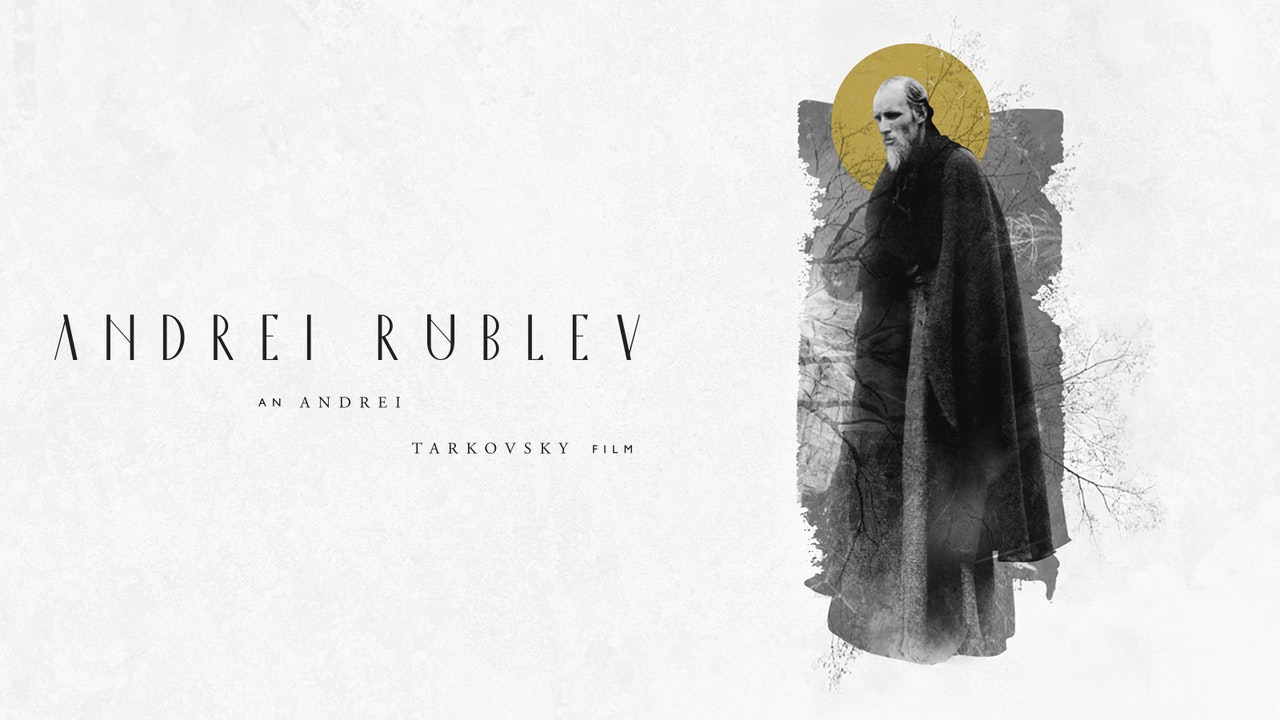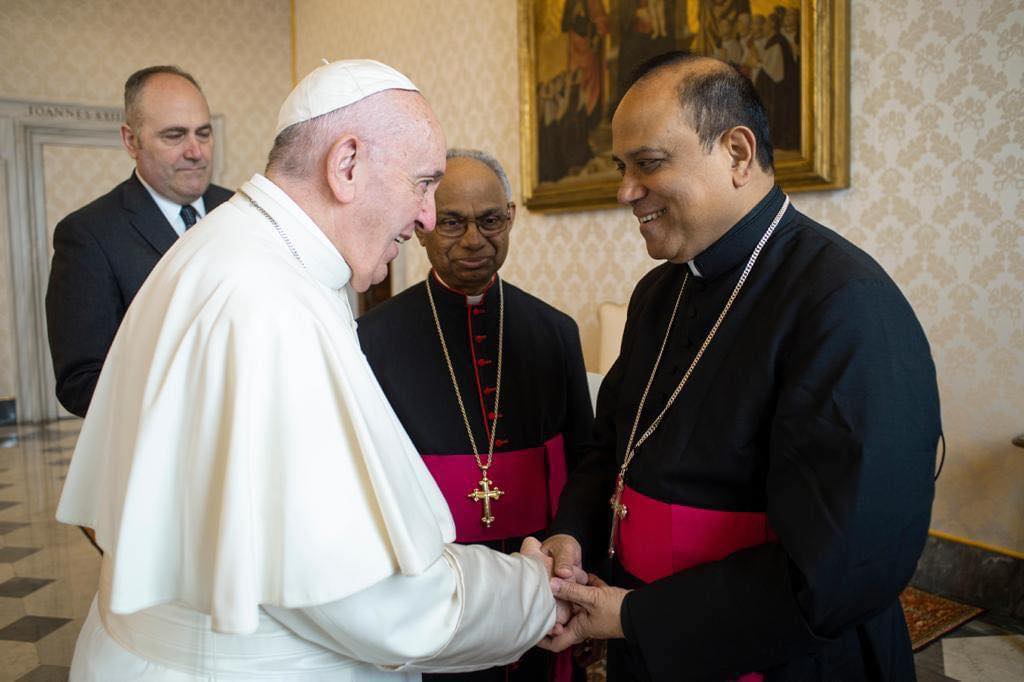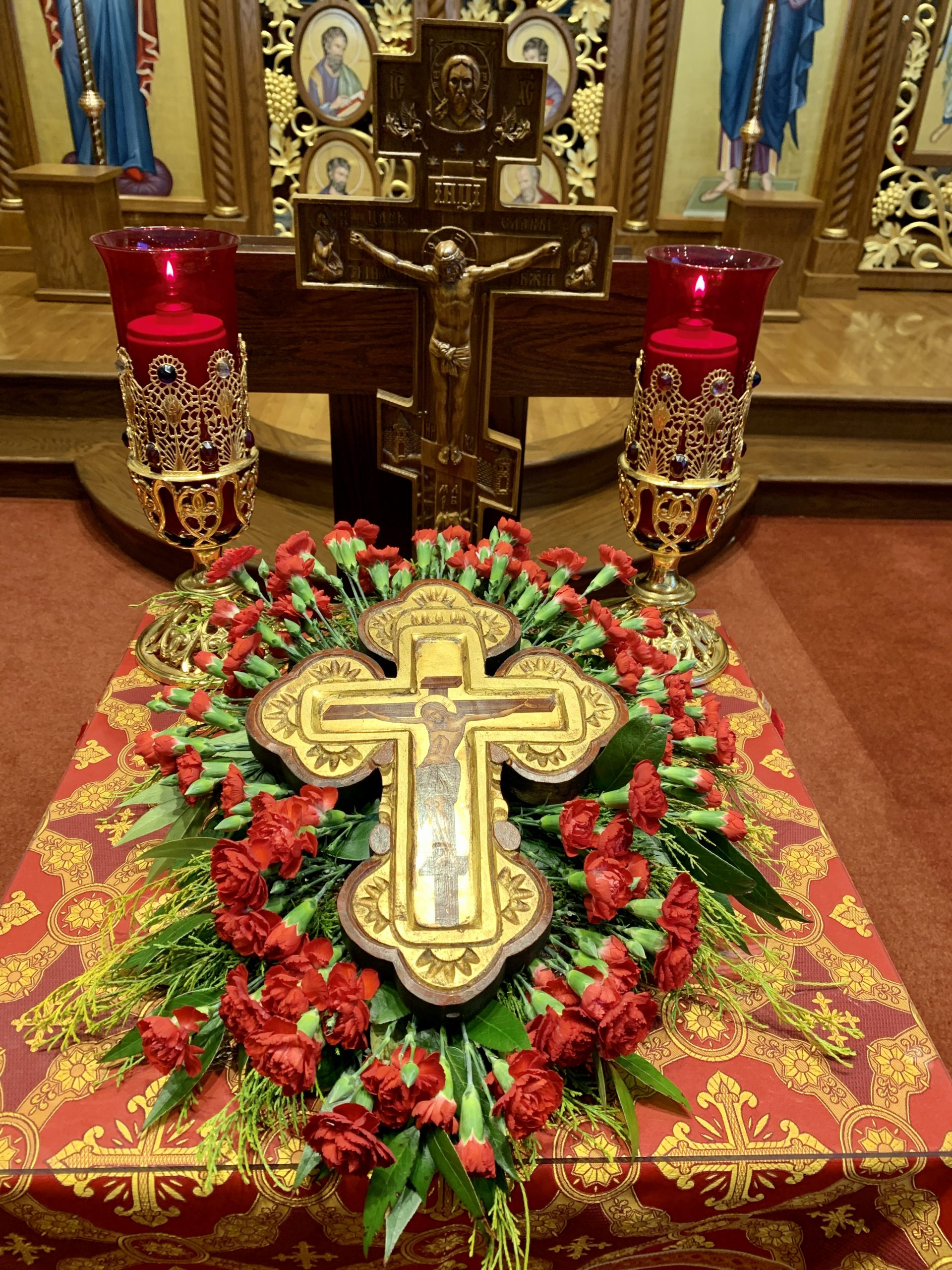Today the Order of Malta – Connecticut North East Area gathered for the annual Liturgy for deceased members, family and friends at St. Ann Melkite Church (Waterford). The parish belongs to the Eparchy of Newtown.
The Divine Liturgy was served by Fr Dennis McCarthy and the bishop of the Diocese of Norwich, Bishop Richard F. Reidy preached. They were joined at the altar by Fr. Joseph L. MacNeill, a priest of the Archdiocese of Hartford, rector of St Thomas More Chapel, New Haven –the Catholic chaplaincy at Yale University and a Deputy Chaplain of the Order.
This is the second time the Order of Malta met at St Ann’s.
The Order of Malta is a 1000 year old lay religious order with more than 30K members worldwide serving the poor, the sick, and those in need of any sort. Historically, the Order has a rich history of service in Lebanon and throughout the East.
May all those prayed for today rest in peace. Eternal memory.
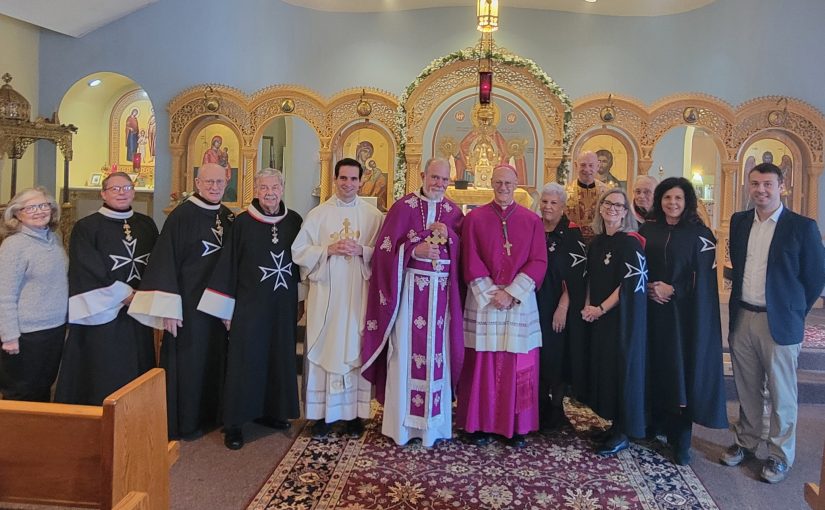
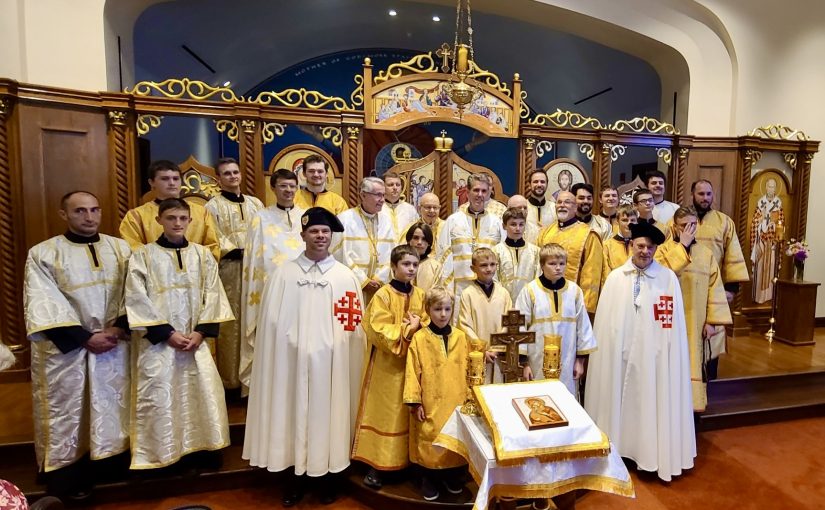
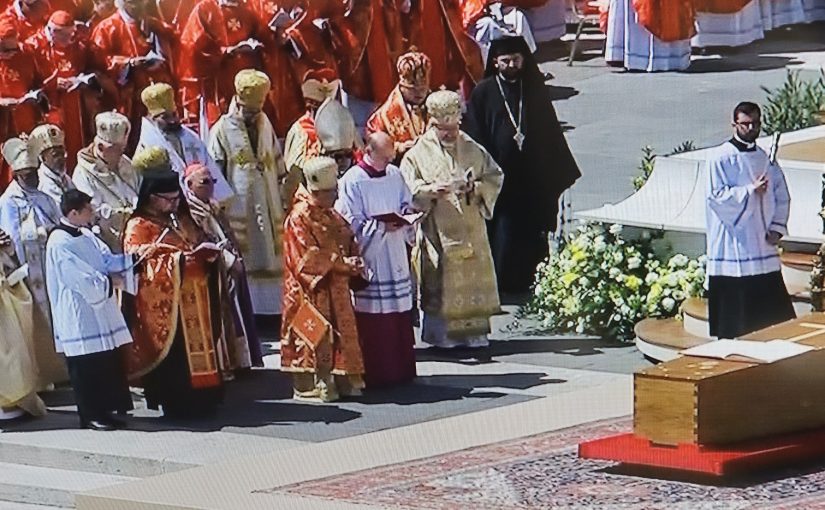
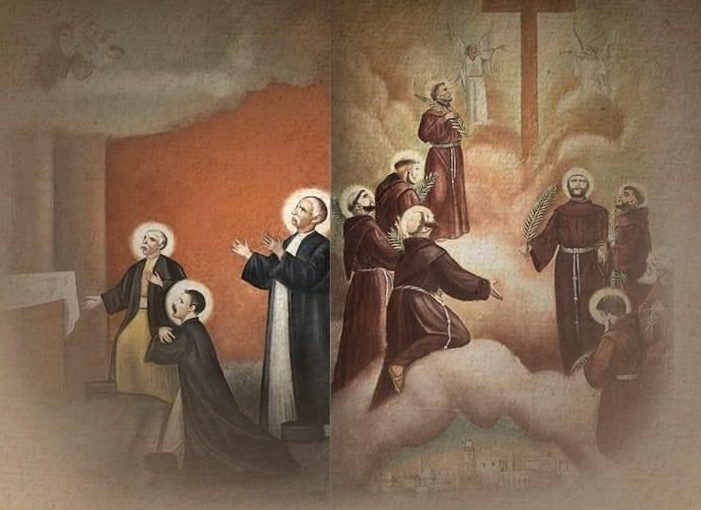
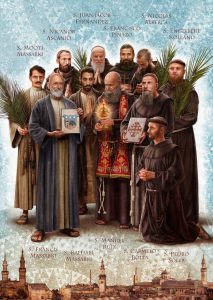 Today, the Pope canonized the Massabki Brothers, martyrs. They are called martyrs of faith and unity.
Today, the Pope canonized the Massabki Brothers, martyrs. They are called martyrs of faith and unity.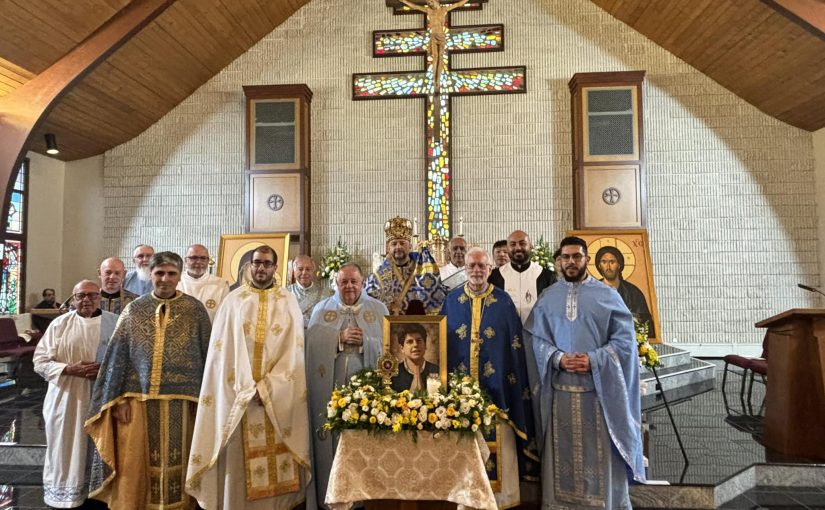
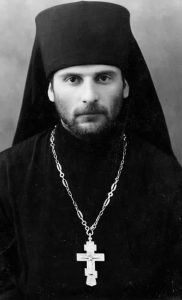
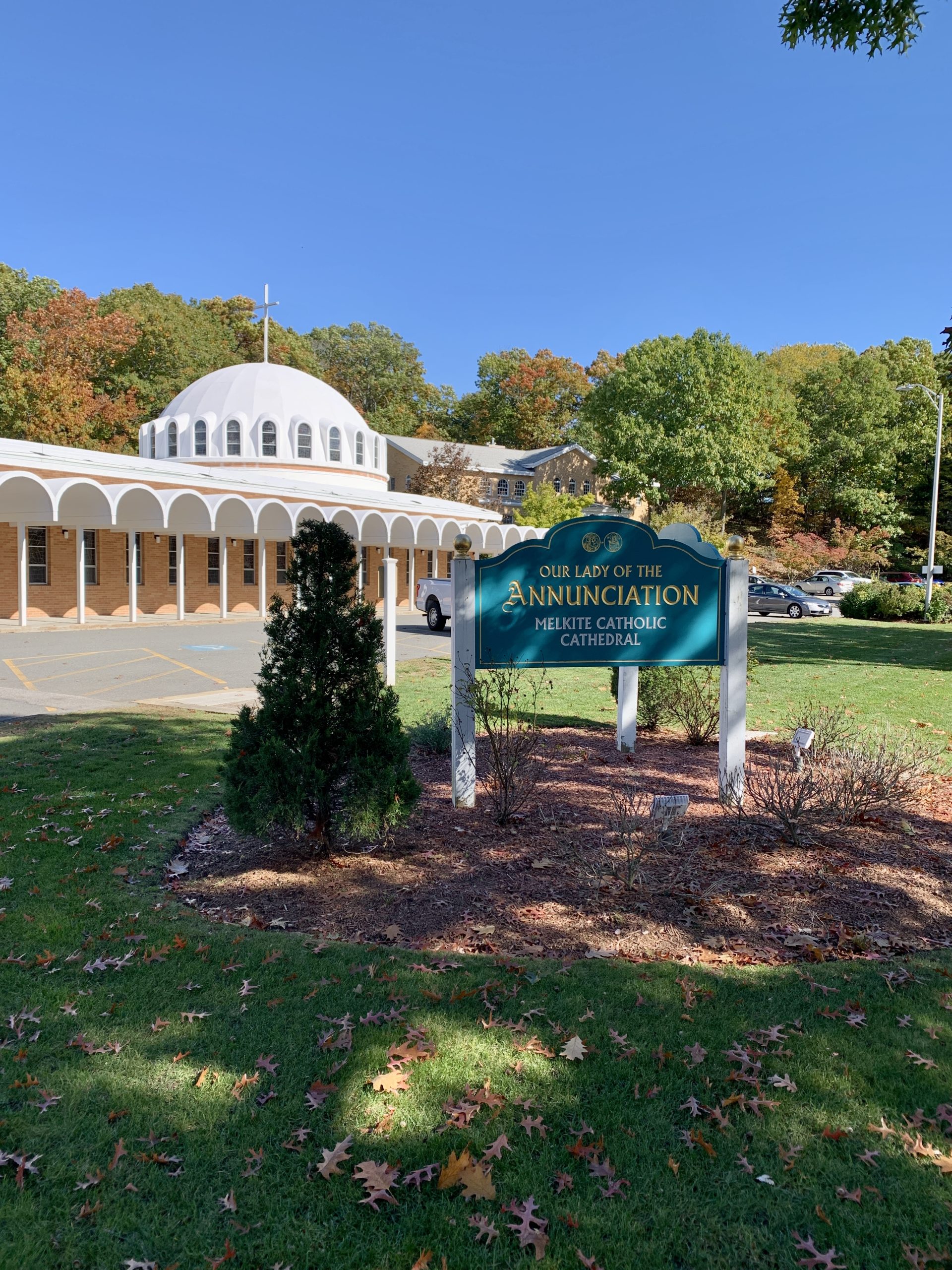
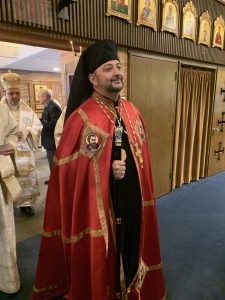 Today, the Melkite Patriarch enthroned Bishop François (Beyrouti), 51, as the new eparchial bishop for the Eparchy of Newton at the Annunciation Cathedral in West Roxbury, MA. His motto is Becoming Disciples, Making Disciples.
Today, the Melkite Patriarch enthroned Bishop François (Beyrouti), 51, as the new eparchial bishop for the Eparchy of Newton at the Annunciation Cathedral in West Roxbury, MA. His motto is Becoming Disciples, Making Disciples.